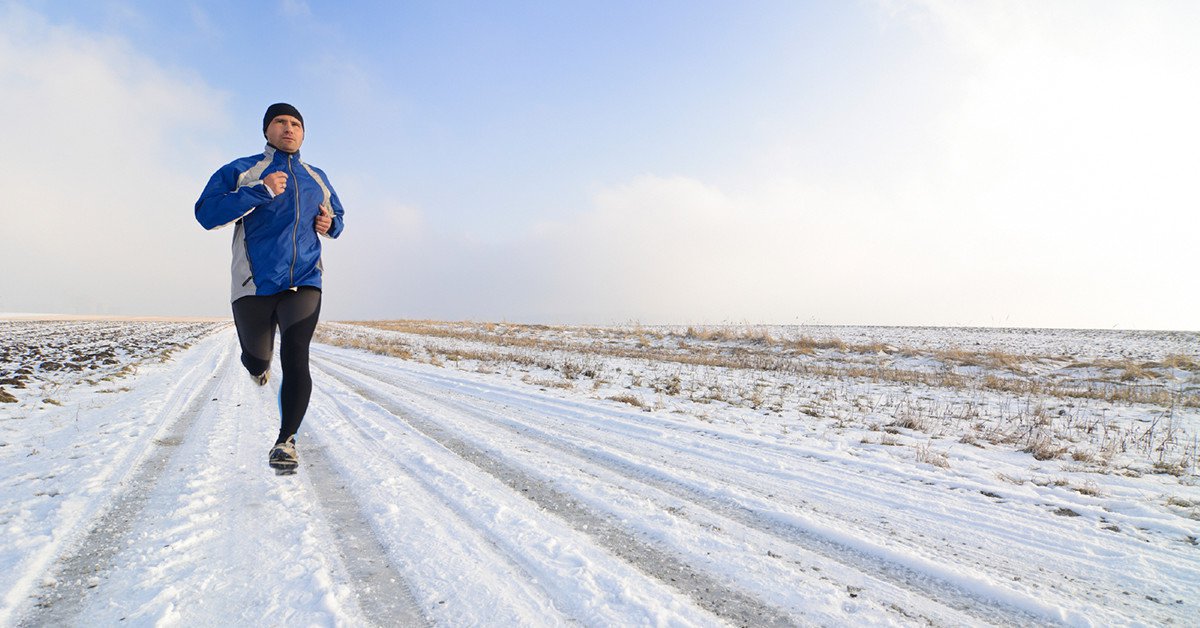
Winter is a fabulous time to start a running training program. It’s a great time to build your running base and develop your fitness fundamentals including strength and flexibility. Whether you’re training for a spring half marathon, or learning to run for the very first time, use these tips and tools to get started on your winter fitness. Use these tips in conjunction with the PDF of the Winter Training Plan that will give you 6 weeks of workouts to keep your fitness level high through winter.
Start from where you are
In order to get where you want to go, you’ve got to first assess where you are fitness wise, and start from there. Doing so, will allow your body to more easily adapt to the progression in running distance and intensity within a training plan. If you’re new to running and coming off the couch, start with a walking program for a month, and then begin a Zero to Running program after that. If you’re active and running some, find a program that matches your current running regimen in the first week.Build your base
Before you can build the penthouse, you’ve got to start with a solid foundation. In running, this means starting out with easy effort runs to develop your cardiovascular fitness, and allow your body to adapt to the impact of running. It’s wise to invest 4-6 weeks of base building, starting out with shorter easy effort runs, and slowly building the distance. A general rule of thumb is to increase no more than 10% mileage per week. Developing your base, will allow you to build upon it in the early spring by adding longer and harder effort runs to develop speed, strength and stamina. Running on a treadmill can be a great way to build your base when the weather isn’t cooperating and also offer better cushioning than the hard sidewalk or pavement. Learn more about the different running surfaces.Keep it consistent
Consistency is a key ingredient when training for a running race. Like lining up dominos, it’s all about maintaining the momentum from one run to another. Aim for getting in 3-4 runs per week on alternate days, and follow a gradually progressive plan. The secret to maintaining consistency is to start from a solid base, and build slowly. Many runners use a treadmill to get in quality runs during the winter weather, or use a combination of indoor and outdoor runs. This is a great plan, as it allows you to keep your training flowing.Get strong
The winter season is the perfect time to include regular strengthening workouts as well. Doing so will help balance muscular imbalances that are common in runners, and improve the strength and stability of your joints and muscles. Start with one set of six exercises, and build to 2-3 sets per exercise throughout the season. You can weave in strength after a run, or on a non-running day. Here are a few exercises that are effective for runners:- Planks
- Push Ups or Chest Press
- Standing Row
- Lunges and Single Leg Squats
- Side Leg Lifts
- Bridge

